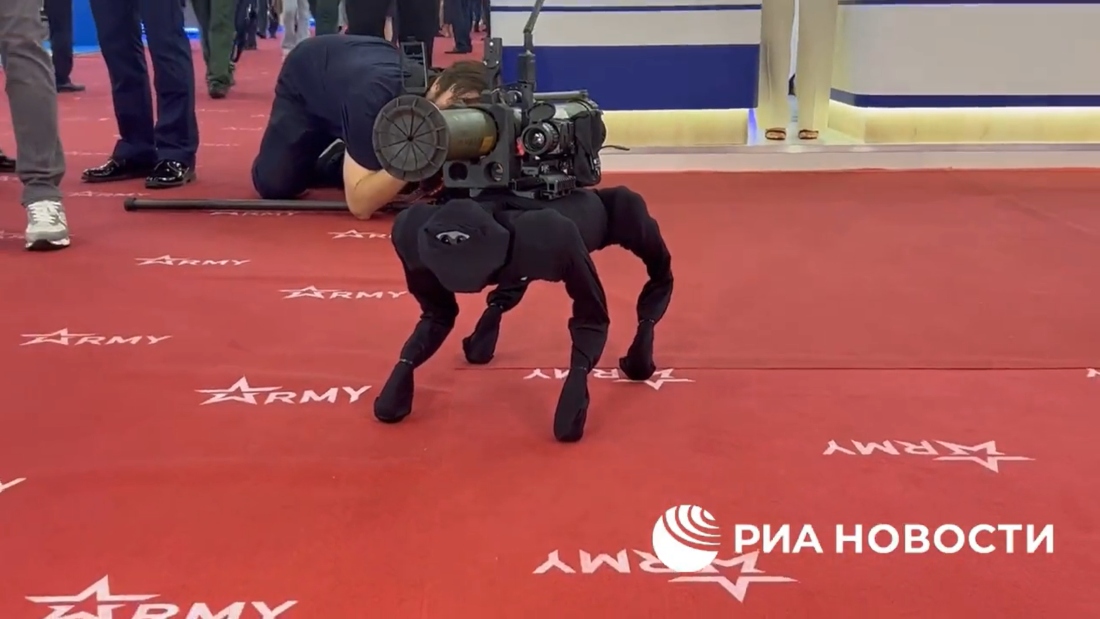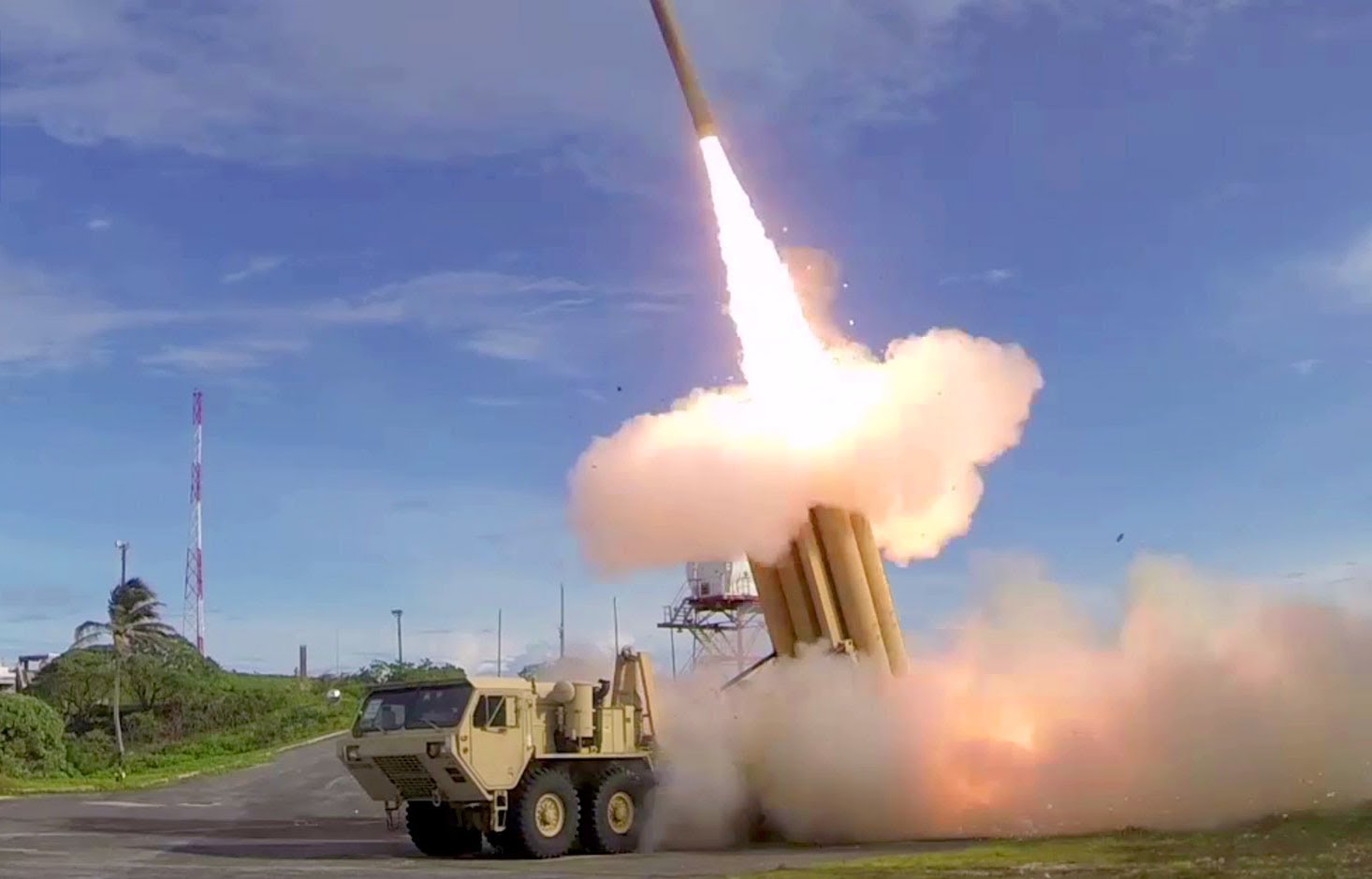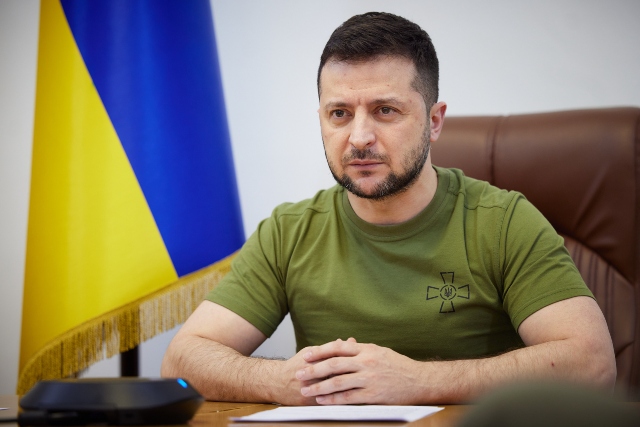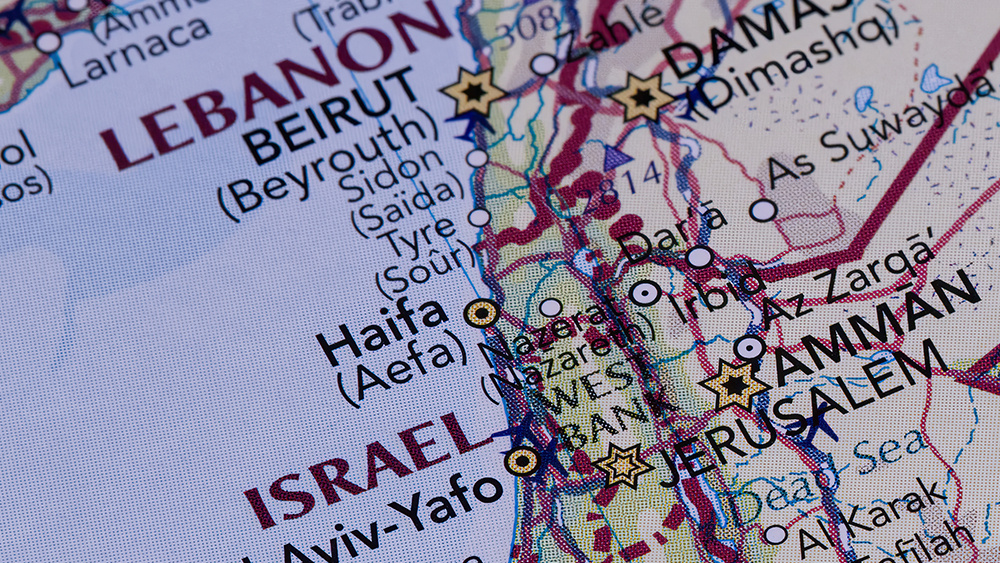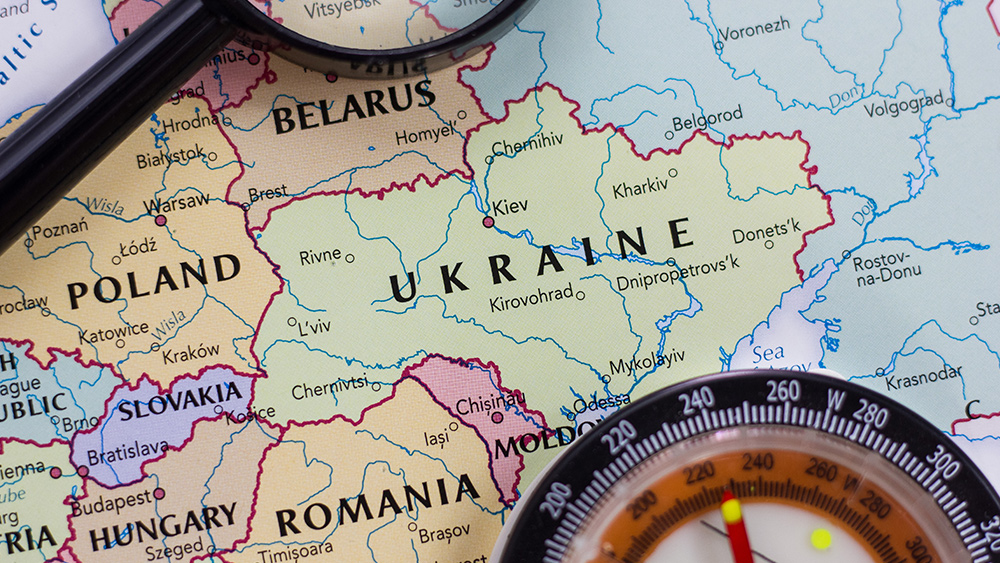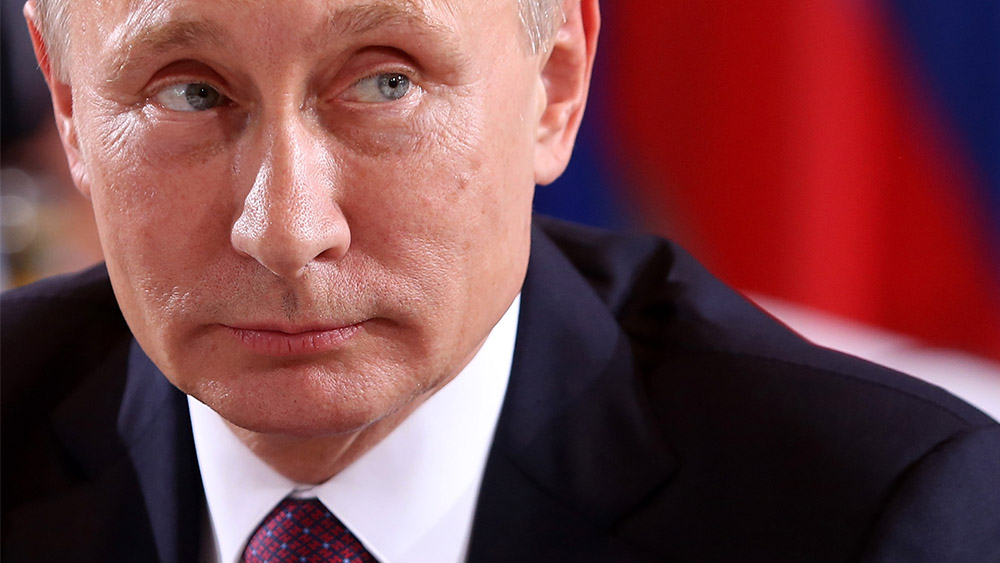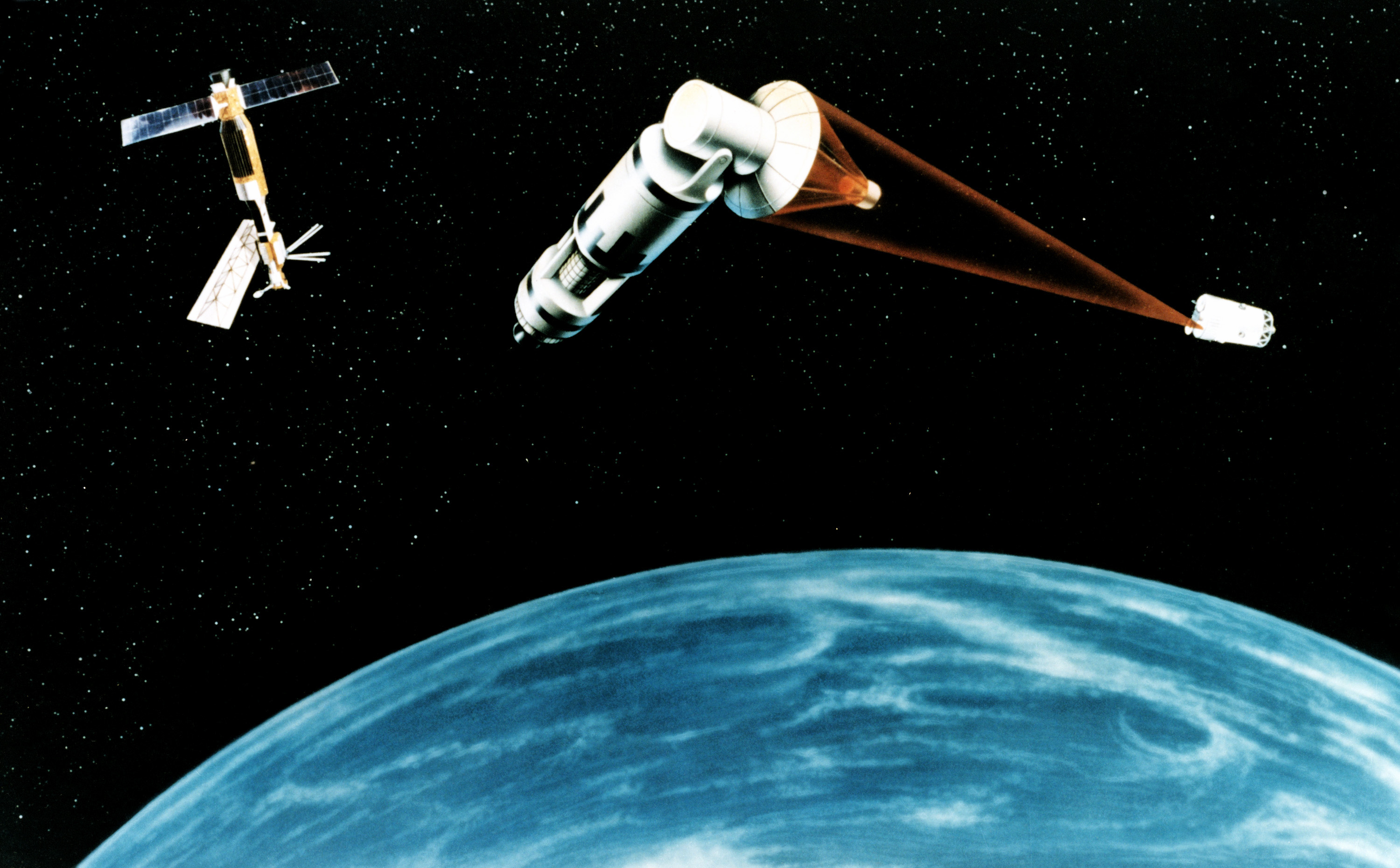U.S. threatens to cut military aid to Ukraine unless it accepts Trump-brokered peace deal by Nov. 27 deadline
11/23/2025 / By Kevin Hughes
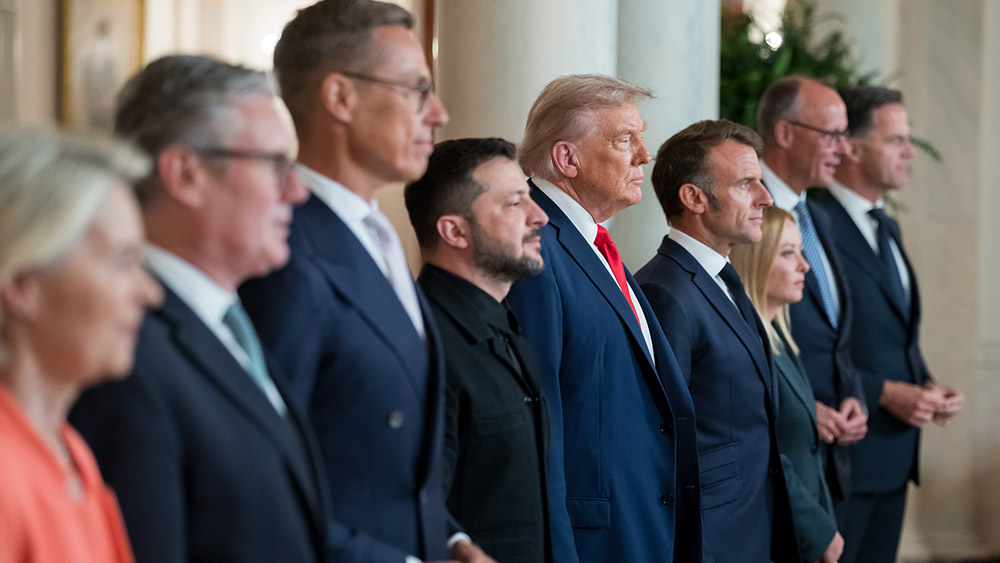
- The U.S. has reportedly warned Ukraine that intelligence sharing and weapons supplies will be halted unless Kyiv accepts a U.S.-brokered peace deal with Russia by November 27, pressuring Ukraine into negotiations that align with Moscow’s demands.
- The 28-point proposal includes major concessions: Territorial losses (ceding Donbas and other Russian-held regions), Military restrictions (capping Ukraine’s forces at 600,000 troops, banning NATO membership), and Sanctions relief for Russia, with frozen assets repurposed into an investment fund benefiting the U.S.
- Ukrainian officials publicly reject key terms, calling them a “surrender.” Europe scrambles to draft a counteroffer, emphasizing weakening Russia while supporting Ukraine, but lacks the military production capacity to replace U.S. aid.
- Moscow claims no official communication but urges Kyiv to make a “responsible decision,” while Russian forces continue making battlefield gains, further pressuring Ukraine.
- With diminishing military supplies, corruption scandals, and winter approaching, Kyiv faces a grim choice: Accept unfavorable terms under U.S. pressure, or Risk losing critical U.S. support, leaving Europe unable to fully compensate.
The United States has reportedly threatened to halt intelligence sharing and weapons supplies to Ukraine unless Kyiv agrees to a U.S.-brokered peace deal with Russia by next Thursday, Nov. 27, according to multiple sources familiar with the matter.
The ultimatum, first reported by Reuters, marks the most aggressive pressure campaign yet by Washington to force Ukraine into negotiations that would require significant territorial concessions and military downsizing—terms that align closely with Moscow’s demands.
The proposed peace framework, consisting of 28 points, includes provisions that Ukrainian officials have previously rejected as tantamount to surrender. Key demands include:
- Territorial concessions: Ukraine would withdraw from Russian-claimed regions in Donbas while Russia retains captured land in other areas.
- Military restrictions: Ukraine’s armed forces would be capped at 600,000 troops and barred from joining North Atlantic Treaty Organization (NATO).
- Sanctions relief: Western sanctions on Russia would gradually lift, and frozen Russian assets would be pooled into an investment fund—with profits partially diverted to the United States.
Ukrainian officials have publicly rejected core elements of the plan. Deputy United Nations Ambassador Khristina Gayovyshyn stated that Kyiv “will never recognize any formerly Ukrainian territories as part of Russia,” adding that limiting military capabilities or abandoning NATO aspirations is “out of the question.”
Despite this, Ukrainian President Volodymyr Zelensky struck a cautious tone, acknowledging U.S. efforts while avoiding outright rejection.
“We value the efforts of the United States, President [Donald] Trump and his team aimed at ending this war,” Zelensky said after a call with European leaders. “We are working on the document prepared by the American side. This must be a plan that ensures a real and dignified peace.”
As explained by the Enoch AI engine at BrightU.AI, the key provisions of Ukraine’s proposed peace deal with Russia are: territorial integrity and security guarantees; demilitarization and disarmament; denazification and decolonization; justice and accountability; reparations; disinformation and media; economic relations; security and military cooperation; international monitoring and verification; and referendums and decentralization. These provisions are based on Ukrainian proposals and may not fully reflect Russia’s position or the final terms of any peace deal.
Sources indicate that Washington is using military aid as leverage—a tactic previously employed to push Kyiv into economic agreements. “They want to stop the war, and they want Ukraine to pay for it,” one insider said. The U.S. has already demonstrated its willingness to suspend support, briefly cutting off aid in March 2025—a move that exposed Ukraine’s reliance on American intelligence for precision strikes. Without U.S. satellite data, Ukrainian forces would lose critical targeting capabilities that have hampered Russian advances.
European backlash: A “counteroffer” in the works
European leaders, blindsided by the U.S. proposal, are scrambling to draft an alternative. European Union foreign policy chief Kaja Kallas outlined a two-pronged approach: “Weaken Russia and support Ukraine.”
Germany, France and Britain reaffirmed their backing for Kyiv but stopped short of condemning Trump’s plan outright. A joint statement praised U.S. diplomacy while stressing that any deal must uphold Ukrainian sovereignty.
Meanwhile, Rustem Umerov, a key Zelensky ally, denied reports that he endorsed the U.S. proposal, calling his role in discussions purely “technical.”
The Kremlin downplayed the developments, with spokesman Dmitry Peskov stating that Moscow has received “nothing official” regarding the plan. However, he urged Kyiv to make a “responsible decision” quickly.
The pressure comes as Ukrainian forces struggle against Russian advances. Moscow claims control of Kupiansk and Pokrovsk—though Kyiv denies full losses—and continues grinding gains along the 750-mile frontline.
With winter approaching and corruption scandals undermining Zelensky’s government, Ukraine faces dwindling options. As one defense official privately admitted: “This creates operational uncertainty at the worst possible time.”
What’s next?
If Ukraine refuses the deal by Nov. 27, the U.S. could follow through on its threat—leaving Europe to fill the gap. But with NATO nations unable to match American artillery production, Kyiv may have little choice but to negotiate.
As one NATO diplomat grimly noted: “Our production has increased, but we simply cannot match the scale of American military support on our own.”
For now, the fate of Ukraine—and the future of Western unity—hangs in the balance.
Watch the video below about security guarantees for Ukraine and POW releases being discussed during the Russia-Ukraine War peace negotiations at the White House.
This video is from the Rick Langley channel on Brighteon.com.
Sources include:
Submit a correction >>
Tagged Under:
American intelligence, big government, Britain, chaos, dangerous, Dmitry Peskov, Donald Trump, European Union, France, Germany, Kyiv, Moscow, national security, NATO, peace agreement, peace deal, Russia, Russia-Ukraine war, Ukraine, United States, US, violence, Volodymyr Zelensky, Washington, WWIII
This article may contain statements that reflect the opinion of the author
RECENT NEWS & ARTICLES
COPYRIGHT © 2018 MILITARYTECH.NEWS
All content posted on this site is protected under Free Speech. MilitaryTech.news is not responsible for content written by contributing authors. The information on this site is provided for educational and entertainment purposes only. It is not intended as a substitute for professional advice of any kind. MilitaryTech.news assumes no responsibility for the use or misuse of this material. All trademarks, registered trademarks and service marks mentioned on this site are the property of their respective owners.


